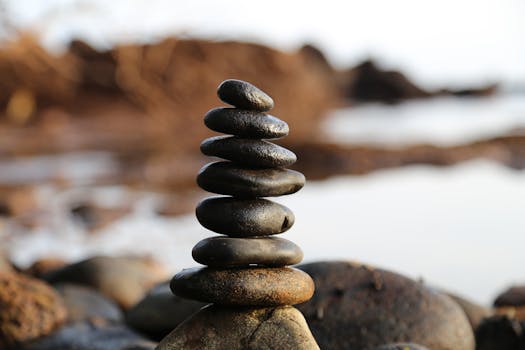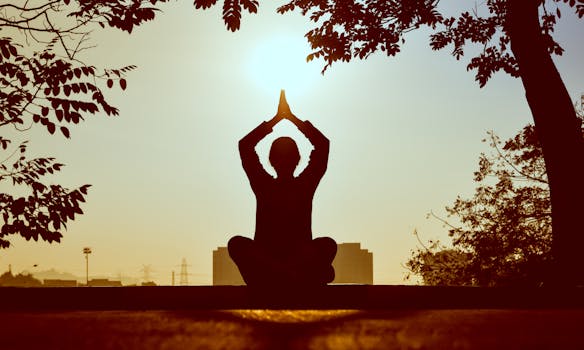
“
Mindfulness Practices for Stress Relief: A Comprehensive Guide
Mindfulness practices for stress relief have become increasingly popular in recent years, and for good reason. With the demands of modern life, it’s easy to get caught up in stress and anxiety. Mindfulness practices offer a powerful way to calm the mind, reduce stress, and increase overall well-being.
What is Mindfulness?

Mindfulness is the practice of being present in the moment, paying attention to thoughts, feelings, and sensations without judgment or attachment. It’s about cultivating awareness and acceptance of the present moment, just as it is. Mindfulness is not just a technique, but a way of living that can be applied to everyday activities, from eating and walking to work and relationships.
Benefits of Mindfulness for Stress Relief

The benefits of mindfulness for stress relief are numerous. Regular mindfulness practice has been shown to:
- Reduce stress and anxiety
- Improve mood and emotional well-being
- Enhance cognitive function and concentration
- Boost immune system function
- Improve sleep quality
Mindfulness Practices for Stress Relief

Here are some simple yet powerful mindfulness practices for stress relief:
Meditation
Meditation is a foundational mindfulness practice that involves focusing the mind on a single point, such as the breath, a mantra, or a visualization. Regular meditation practice can help reduce stress and anxiety by calming the mind and promoting relaxation. For more insights on achieving peace of mind, check out our article on mindfulness techniques.
Yoga
Yoga is a physical, mental, and spiritual practice that combines movement, breathwork, and meditation. Yoga can help reduce stress and anxiety by releasing tension in the body, calming the mind, and promoting relaxation.
Breathwork
Breathwork is a simple yet powerful mindfulness practice that involves focusing on the breath. By paying attention to the breath, we can calm the mind, reduce stress and anxiety, and promote relaxation.
Body Scan
A body scan is a mindfulness practice that involves lying down or sitting comfortably and bringing awareness to different parts of the body. This practice can help release physical tension, promote relaxation, and reduce stress and anxiety.
Getting Started with Mindfulness

Getting started with mindfulness is easy. Here are some tips:
- Start small: Begin with short mindfulness practices, such as 5-10 minute meditation sessions or brief body scans.
- Find a quiet space: Identify a quiet, comfortable space where you can practice mindfulness without distraction.
- Be consistent: Aim to practice mindfulness daily, even if it’s just for a few minutes.
- Seek guidance: Consider working with a mindfulness teacher or coach to help you get started.
Conclusion

Mindfulness practices for stress relief offer a powerful way to cultivate a calm and focused mind. By incorporating mindfulness into your daily routine, you can reduce stress and anxiety, improve mood and emotional well-being, and enhance overall well-being. Remember, mindfulness is a journey, and it’s okay to start small. With regular practice and patience, you can experience the many benefits of mindfulness for yourself. For more ways to enhance your lifestyle, explore our insights on achieving balance.
See more:
https://www.mindful.org/
https://www.headspace.com/
https://www.calm.com/






